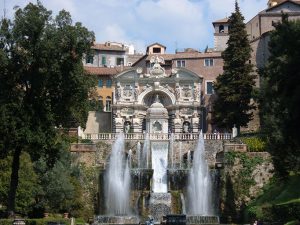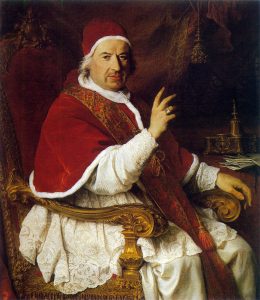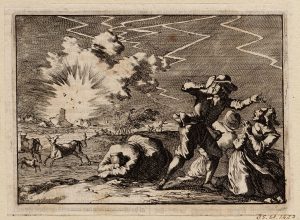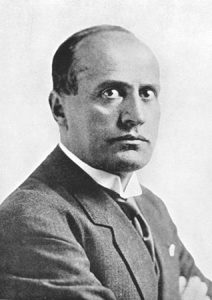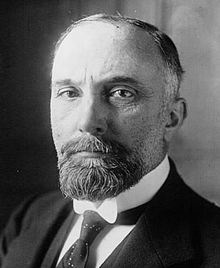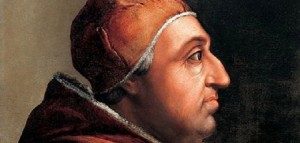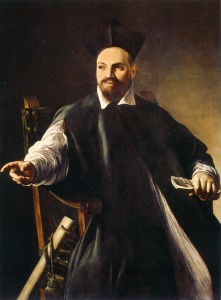Two Popes with the name Julius
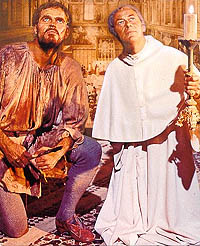
Rex Harrison suitable pious as Julius II (right) & Charlton Heston wooden as Michaelangelo (left) in a Hollywood extravaganza / m759.net
In this case I cannot do my usual playing with papal names and invented adjectives; some of my faithful followers might like to read about ‘Julian Popes’, as in ‘Innocent Popes’, but ‘Julian’ refers to anything connected with the Emperor Julian, who was, if not the anti-Christ, at least anti-Christian, which is why he was called ‘Julian the Apostate’. There is a splendid biography in the typical Gore Vidal style about Emperor Julian, very well worth reading. You can get it easily and cheaply on Amazon.
Julius II came from one of those distinguished Roman families – the Della Rovere; he was born in 1443 and was Pope from 1513 to 1513. He devoted most of these papal years to re-establishing the Pope’s sovereignty within the ancient territory of the Vatican. He also found time to try to remove any foreign domination from Italy herself, though the Vatican is of course a city/state within Italy. Julius II took part in the restoration of the Papal States through what was called ‘The League of Cambrai’. He was less successful in ‘The Holy League’ (Spain, England and Italy), moving in wae-like manner without intelligence, against French King Louis XII.
As a liberal patron of the arts, however, he did very well, exploying the architect and artist Bramante for a re-design of St. Peter’s. Work began in 1506, and by then Julius had commissioned work from Raphael and Michaelangelo no less. He died still full of hope for a super-powerful Vatican, in 1513. (more…)

